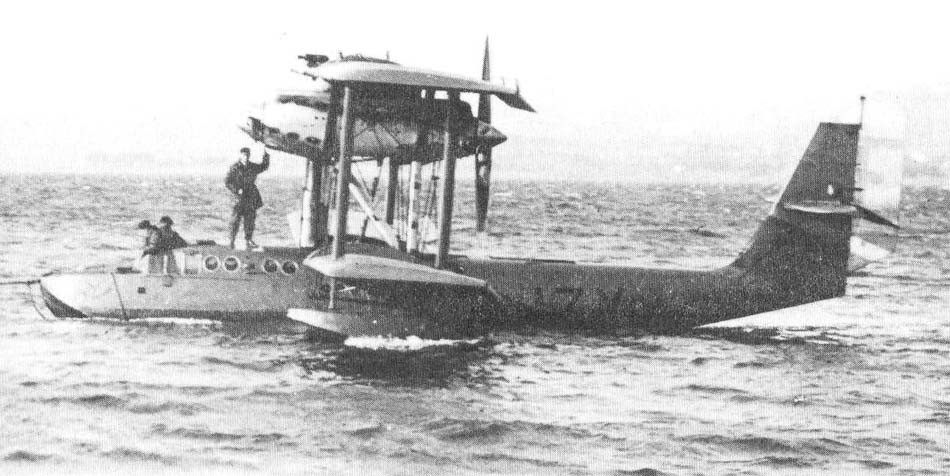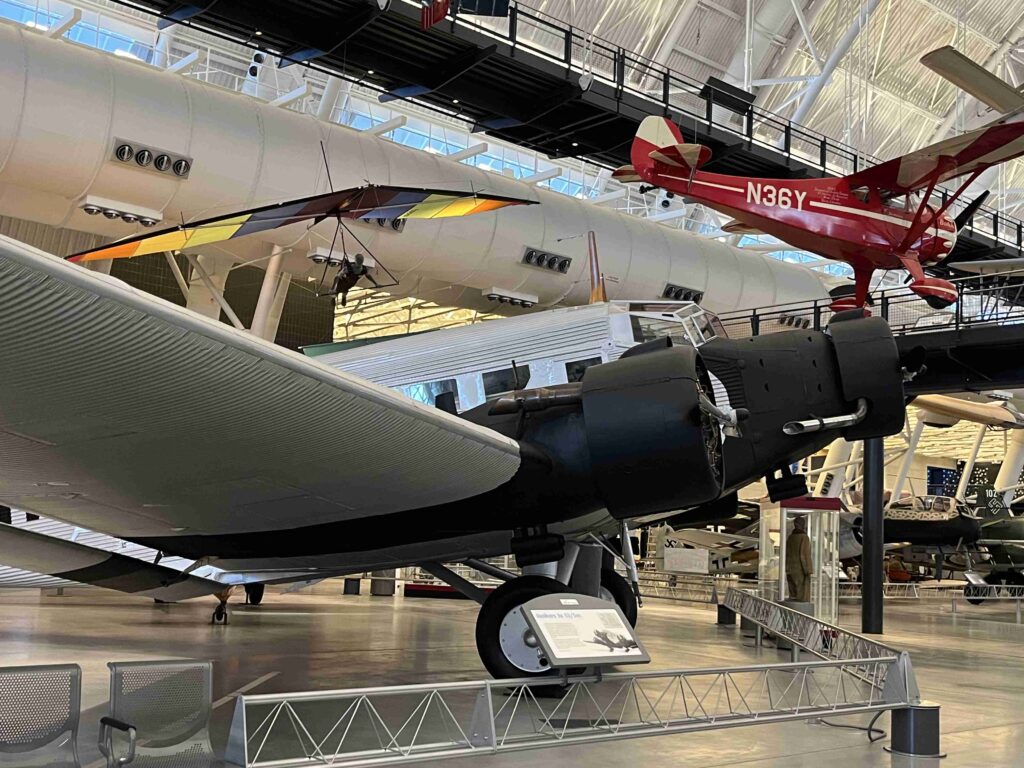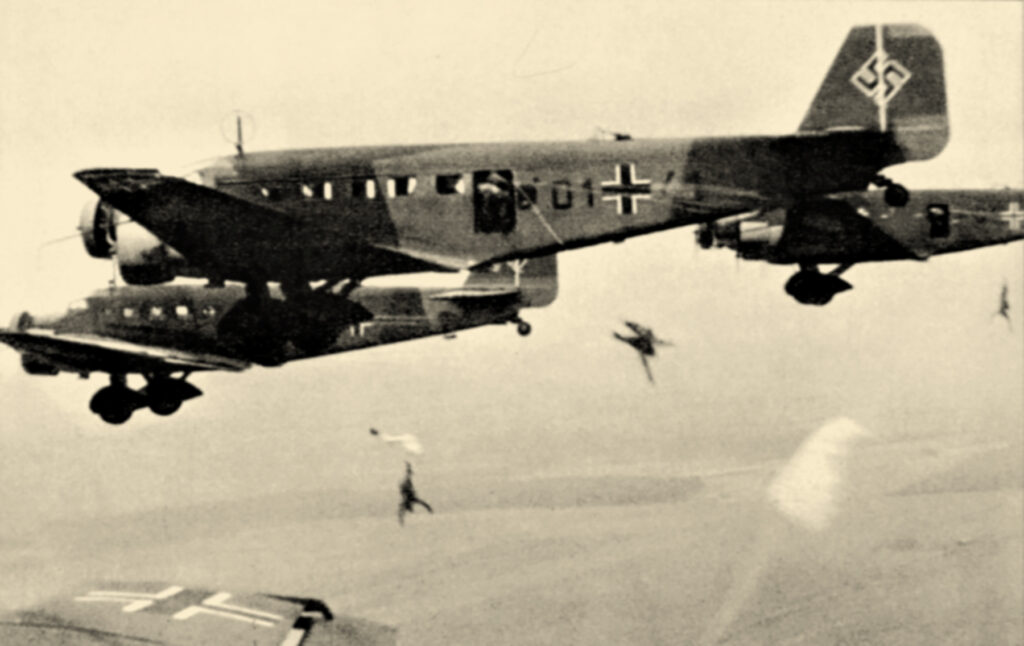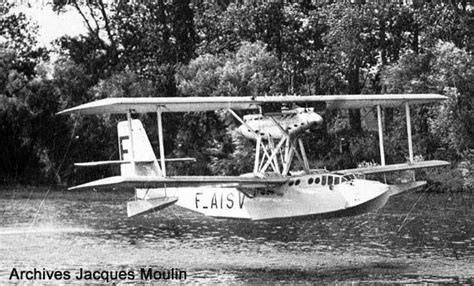
Keep ’em Flying!
There are a number of aircraft the OSD team comes across during their adventures in Devil in the Desert. I did a lot of research to pick specific types that would be historically accurate to the time period. Not wanting all that research and fun facts to go to waste, I’ll share them with you here.
French Nieuport-Delage 740
While on a mission to France, the trapped OSD team finds a Nieuport-Delage 740 that just might fly them out of trouble.

The NiD 740 was designed pre-war to be a postal delivery aircraft, especially for delivering night mail. You can imagine how ridiculously dangerous night flying was with limited navigation aids, primitive instrumentation, and few lighted ground points. The mail compartment was also large enough to carry three passengers.
It was a tri-motor wooden aircraft. You read that right, this thing had a wooden frame covered in plywood. Imagine how loud that had to be inside with three engines roaring around you. On the bright side, the plane could double as a coffin when it crashed.
Landing gear did not retract. The tail wheel was actually just a skid. The plane was 34 feet long and had a 55 foot wingspan. It could fly as fast as 140 mph with a range of over 460 nautical miles. Probably not too bad a plane for its time as long as it didn’t get termites.
French CAMS 53
The OSD has trouble getting an aircraft since they are in short supply and with the secret unit masquerading as a medical holding company, having an aircraft would be hard to justify. The off-the-books solution WAC Captain Tracey “Mitch” Mitchell come up with is a CAMS 53.

The CAMS 53 was a transport flying boat built in France in the late 1920s. It was powered by two Hispano-Suiza liquid-cooled V-12 engines rated at 580 hp each. They were arranged in an uncommon back-to-back push/pull configuration. The plane was 48 feet long and a huge 66 feet across the wing. It could fly up to 132 miles per hour and had a range of 540 nautical miles. They were sold to a variety of French airlines as they were ideal for reaching all France’s far-flung colonies.
When all the French airlines were consolidated into Air France, 25 CAMS 53s were still in operation and continued in use until 1935. It is one of those retired planes that Mitch comes across, a later modified version with an improved hull. But it takes two to fly this plane, and that adds a great twist to the story.
Junkers JU-52
Gruppenfuhrer Weitz travels in his own personal JU-52/3 transport aircraft. The picture below is one in the National Air and Space Museum.

First designed as a civilian airliner in 1932, the JU-52-3 had three engines, two in the wings and one in the nose. By the mid-1930s, multiple airlines were using them around the world. During the war, it became the Luftwaffe’s primary transport aircraft. Below, a flight of three conduct a pre-war paratrooper training exercise.

The plane could carry almost 9,000 pounds of cargo and fly at 180 miles per hour. Some were pressed into service as bombers. Over 4200 were produced in Germany and through licensing in Spain and France. High production and widespread civilian use meant that may examples survived the war.

If you haven’t got your copy of Devil in the Desert, now is the time. Head over to Amazon and join the OSD in their first adventure.


